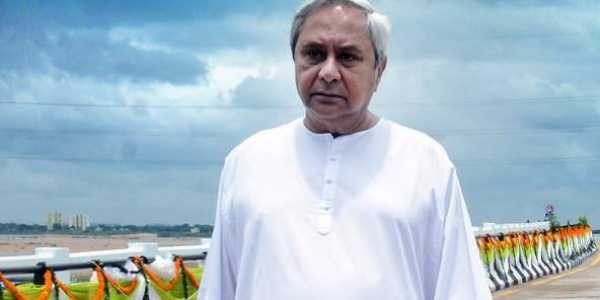
The Election Commission of India on Sunday announced the dates for the general elections to the 17th Lok Sabha at a press conference in New Delhi. The elections will be held between April 11, 2019 and May 19, 2019 over seven phases. The results will be announced on May 23, 2019.
Chief Election Commissioner (CEC) Sunil Arora also announced dates for Assembly in four states, including Odisha which will see four phase polling for the first time. This is the first time that elections are being held in four-phases in Odisha.
“We’ve tried to cover Left-Wing extremism affected areas in one go…multiple factors go into deciding the phases,” Arora said about the four-phased election in Odisha.
The ruling BJD, which has been in power in the state since 2000, had won a thumping majority of 117 seats out of the total 147 in the last state elections in 2014. It had also bagged a massive vote share of 43.35 percent. While Congress and BJP had won 16 and 10 seats, respectively, four seats had gone to ‘Others’.
The BJD had won 103 seats in 2009, 61 seats in 2004, and 68 seats in state elections in 2000. The party was part of the BJP-led National Democratic Alliance (NDA) in 2004 and 2000.
In the case of Lok Sabha elections, the BJD had won nine seats and a 27.5 percent vote-share in 1998. This was the first election that BJD contested as a political party. It won 10 seats and 33 percent vote-share in 1999, and 11 seats and 30 percent of votes in 2004 while the party was part of the NDA.
The party went alone for the first time in 2009 and won 14 seats with 37.2 percent of votes and had swept the state in 2014, winning 20 of the 21 seats. It had gathered 44.8 percent of the total votes polled in the state.
It is being seen as an important election for Patnaik especially after the anti-incumbency sentiment unseated BJP rule in three states last year — Chhattisgarh, Madhya Pradesh and Rajasthan. The results had an impact on political circles in Odisha, where Patnaik is in his 18th year.
Experts had earlier pointed out to News18.com that "farmers in Odisha are having to resort to distress sale of paddy while the government is content to blame the Centre for refusing to accept the unanimous resolution passed in the state Assembly for raising the MSP of paddy to Rs 2,950."
There are some unfulfilled promises as well. Their goal of providing at least 35 percent irrigation in each of the state’s 314 blocks, which was also prominently mentioned in every manifesto of the BJD since 2000 when it came to power, has remained a pipedream with the target achieved in just 114 blocks so far. There is discontent among women over promoting liquor, among farmers who have indulged in distress sale and among ration card holders for not being covered in the flagship scheme.
If the results of the most recent elections in the state - the 2017 Panchayat polls - are anything to go by, BJP could be a bigger challenge for the BJD than the Congress. In the 2017 panchayat elections, BJP had won 297 Zila Parishad seats out of the total 851, which is a significant improvement from 36 in 2012. The saffron party relegated the Congress to the third place with just 60 Zila Parishad seats compared with 128 which it had won in 2012. The BJD, on the other hand, kept the majority with 473 Zila Parishad seats, but saw a major fall from the 651 seats it had won in 2012.
Interestingly, the BJD which is being touted as a potential king-maker at the Centre post the elections has made it clear that it won’t be a part of either the grand alliance of a united opposition or the NDA.
“As far as the Mahagathbandhan is concerned, the BJD is not a part of it,” Patnaik had said early January this year. He also said the party would maintain equidistant from the BJP and the Congress.
The party has also not made its stand clear on being part of a possible ‘Third Front’, speculation about which had started doing the rounds after Telangana Rashtriya Samithi (TRS) chief and Telangana CM K Chandrashekar Rao met Patnaik in late December last year.
Meanwhile, hours before the announcement of the poll dates, BJD chief Naveen Patnaik said that the party would reserve 33 percent of the seats for female candidates.
“Odisha will send 33 percent women to Parliament in the coming election,” said Patnaik, aiming at his fifth term. He broke the news while speaking at a Mission Shakti function in Kendrapada, incidentally a BJD bastion from where former BJD MP and now national vice president of BJP, Baijayant Panda, had been winning.
Significantly, BJD had fielded just two women candidates—both of whom had won—out of the total 21 during the 2014 elections.


.jpeg)

